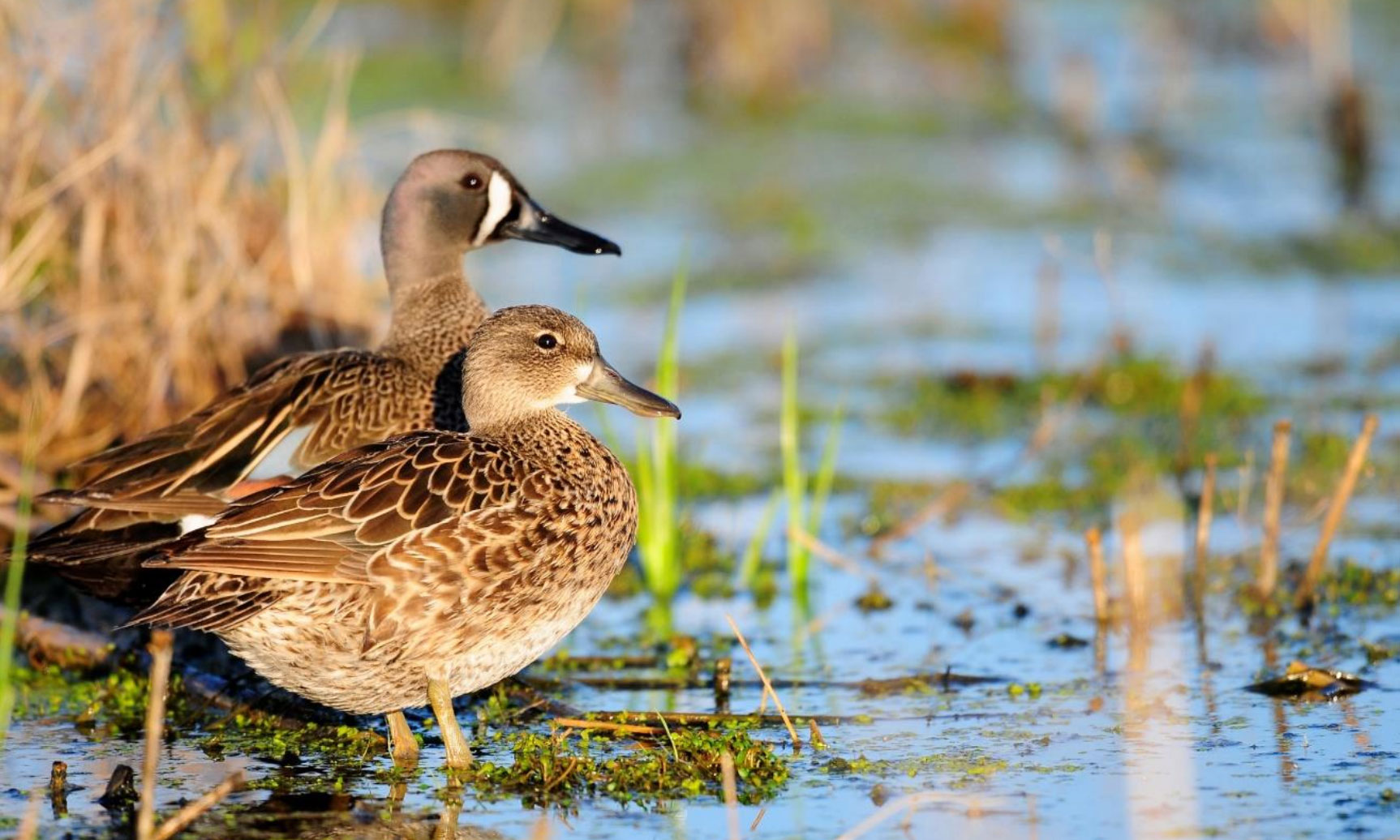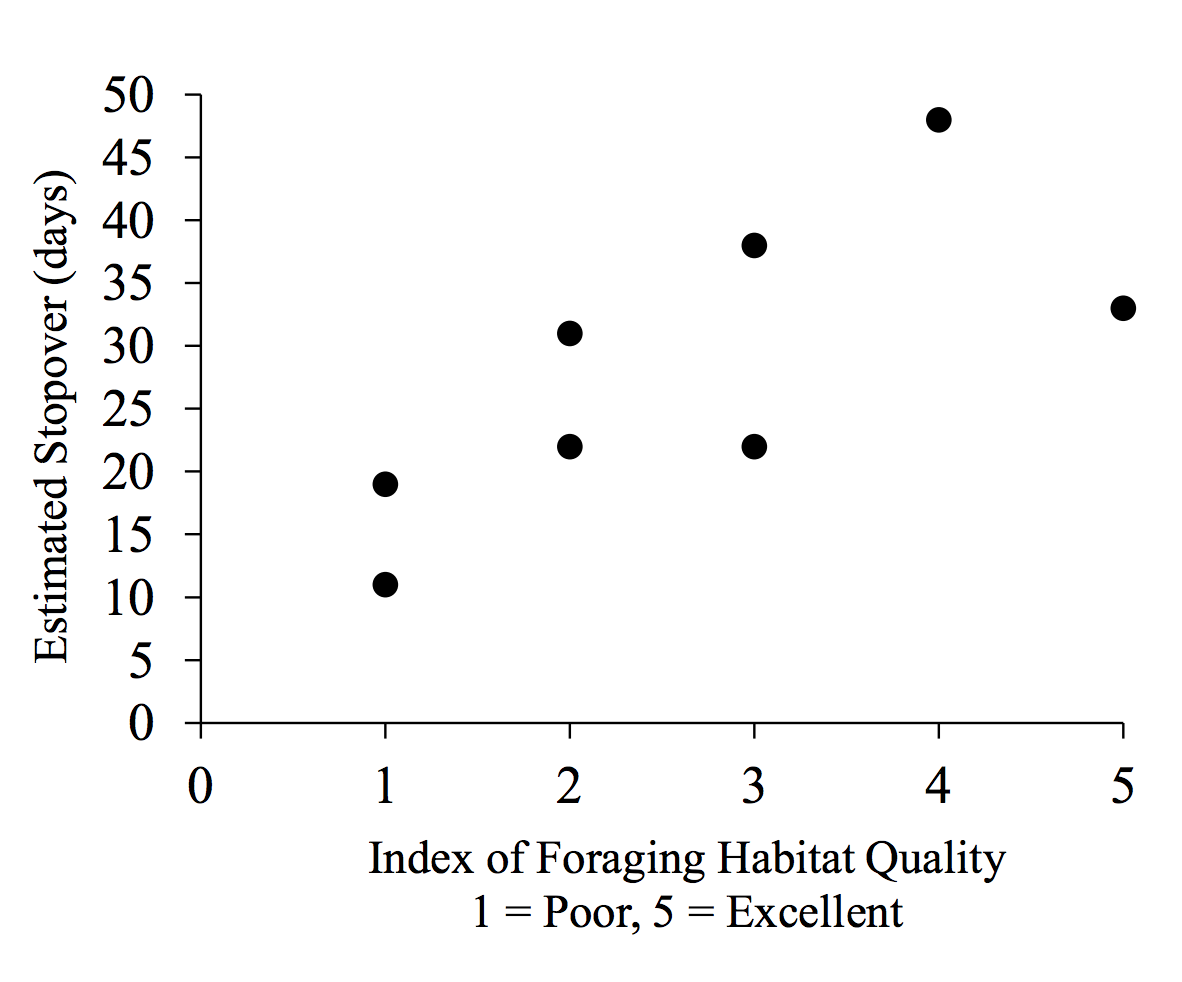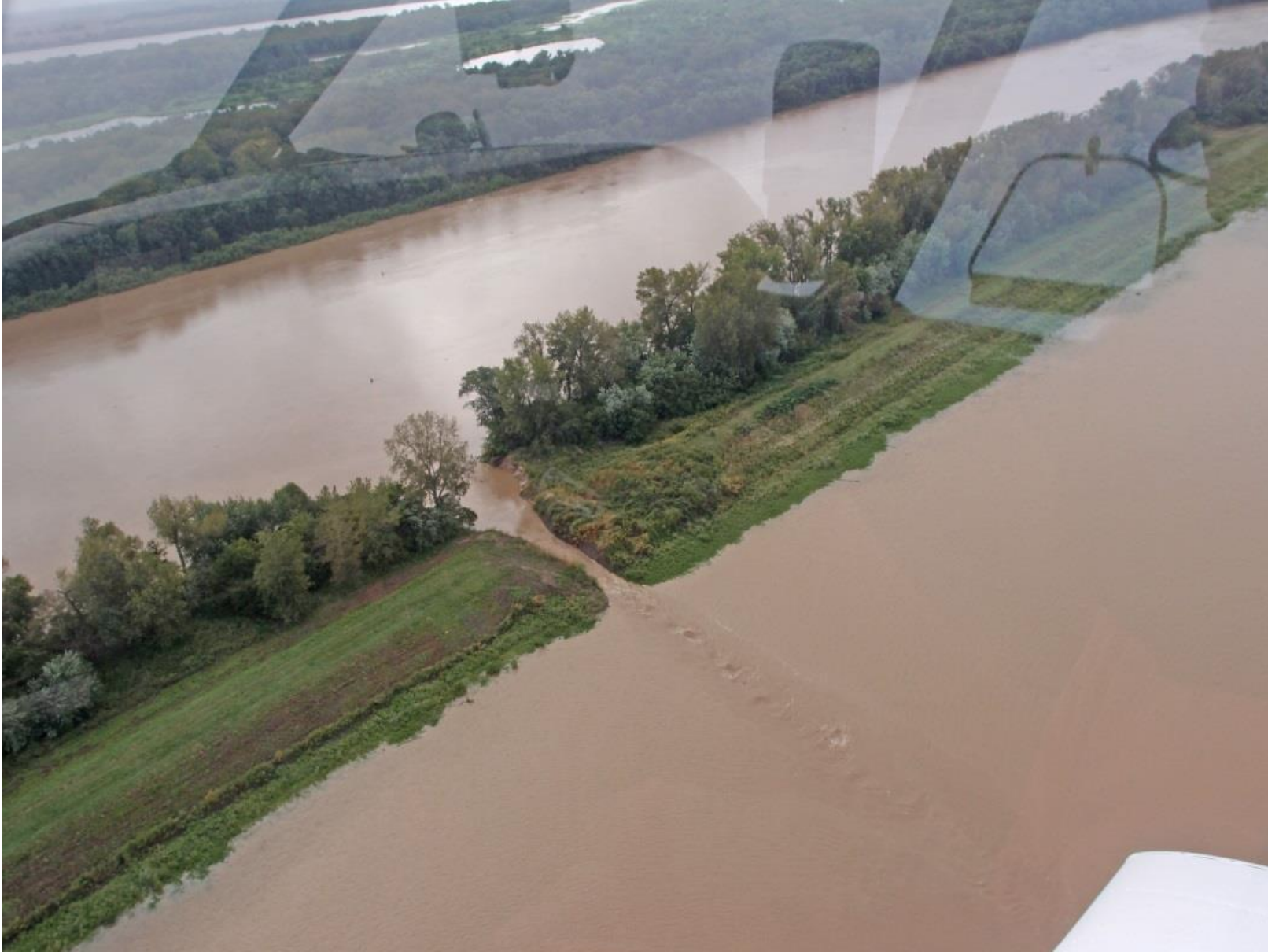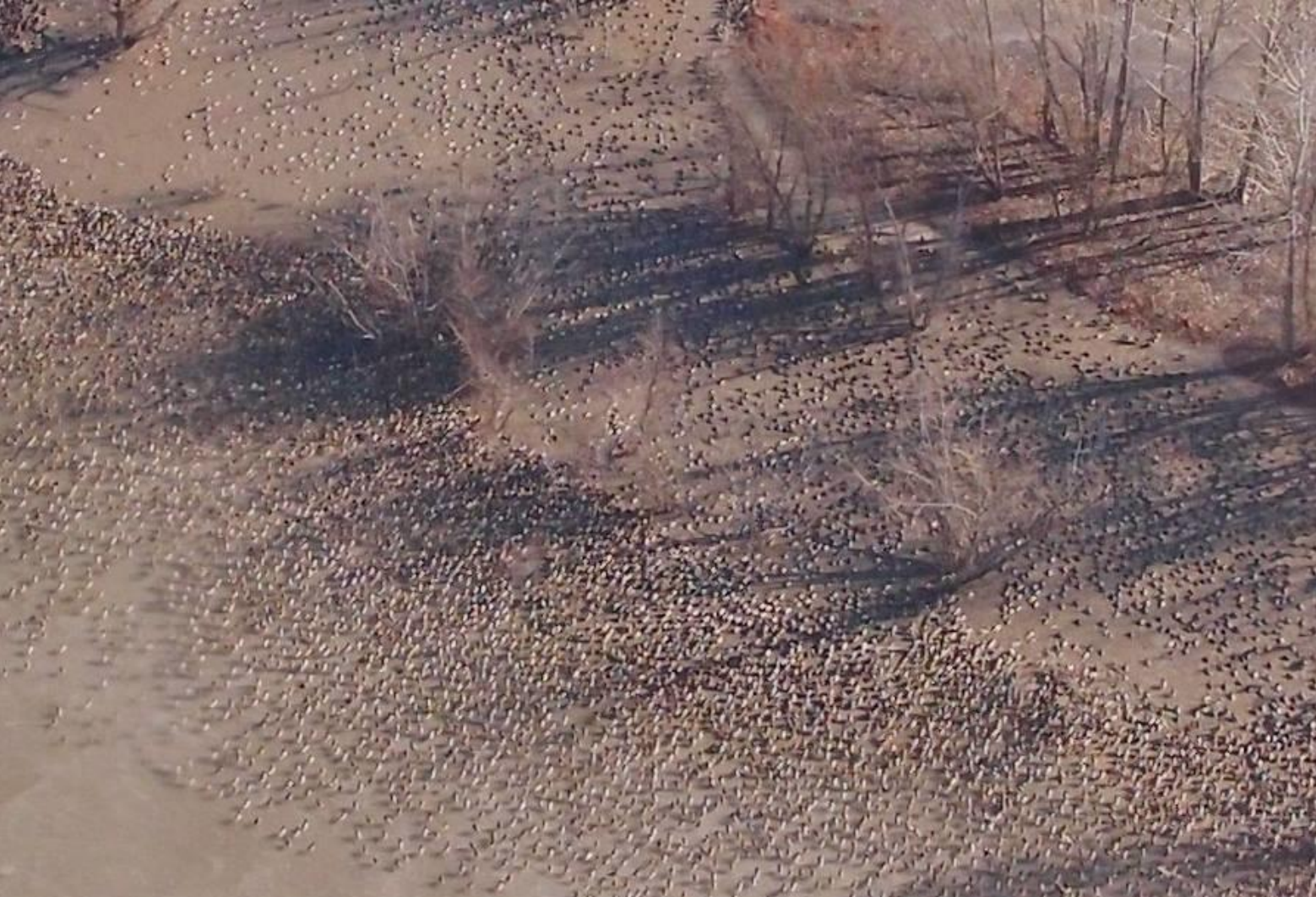“They’re Here!” to quote the 1982 movie Poltergeist. Duck numbers have sky rocketed since last week’s (October 29th) waterfowl survey of the Illinois and Mississippi rivers. Duck numbers in the Illinois Valley are up 167% (562,800 total ducks) from the previous week, and up nearly 200% (391,365 total ducks) along the Mississippi River. Even more amazing are the numbers of lesser scaup, commonly known as bluebills, along the IRV. We counted 48,155 scaup this week which is the highest fall count of bluebills on the Illinois since Tud Crompton estimated 52,000 of these diving ducks back in 1979. Our estimates of scaup rank 11th since surveys began in 1948. We also documented the 2nd highest number of gadwall, American green-winged teal, and northern shovelers since surveys began 66 years ago; interestingly, the highest numbers of these non-mallard dabbling ducks was observed during fall 2013. Check out our webpage www.bellrose.org for the other species numbers.
I was hopeful in last week’s blog that the northerly winds would bring a bunch of ducks from the prairies on Halloween weekend, but for the most part, I don’t think that happened. Duck hunting was a little better on the afternoon of Halloween, but it tanked over the weekend. What I didn’t count on was the migration event that occurred when the second weather front blew through Illinois. Tuesday morning, November 4th , we had a mass movement of ducks into the Illinois and Mississippi rivers. I received many reports of ducks arriving on Tuesday morning with the gusty northwest winds, and hunting has been exceptional for the past several days. We can only hope the cold weather moving in during the second week of November doesn’t push a bunch of these birds further south.
Be safe and happy hunting! Stay tuned for more updates next week…




